Special thanks to @Dennis Porter and @Satoshi Action Fund for co-publishing this report.
This report is designed to serve as an educational tool for the basics of #Bitcoin and Bitcoin Mining
Let’s dive in!
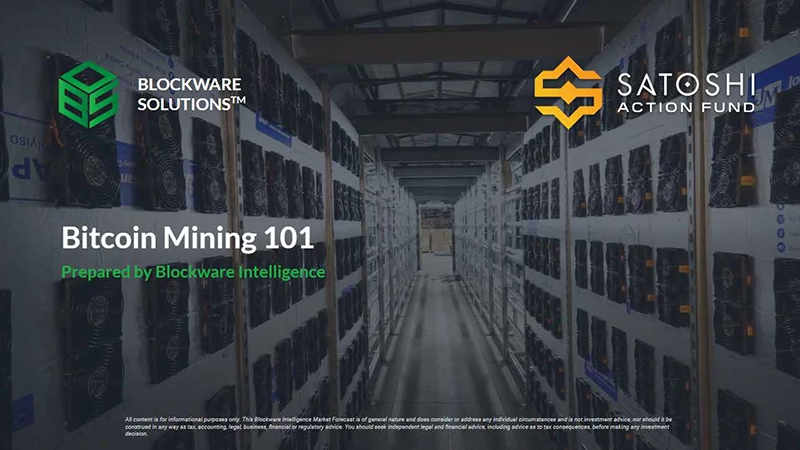
The report, designed to educate those with zero prior knowledge of #Bitcoin mining, starts with the very basics.
The Bitcoin network is composed of three key participants…
Users: Send, receive, and hold BTC.
Miners: Add batches of new transactions called ‘blocks’, to the ledger of all transactions, the ‘blockchain.
Nodes: Validate that all blocks were added in accordance with a self-imposed and universally agreed upon ruleset.
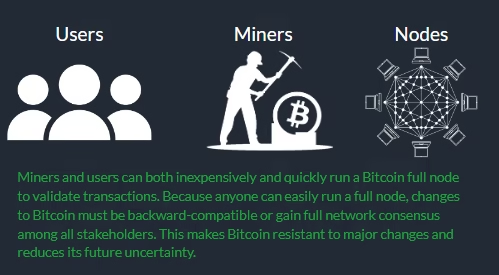
A ‘block’ refers to a batch of transactions.
By containing the ‘hash’ of the previous block’s header, each block is ‘chained’ to the previous block. Changing the data inside of a single block will change its hash and thus change all subsequent blocks.
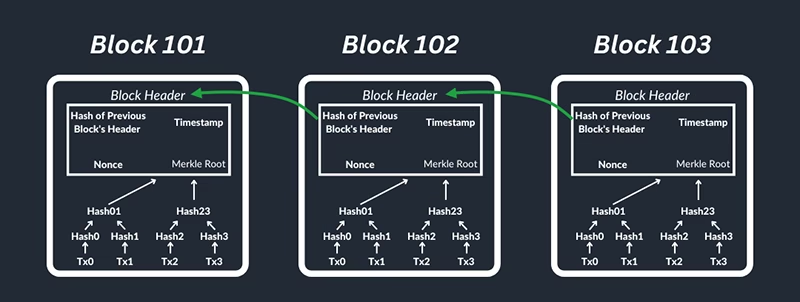
Proof of Work is a form of cryptographic proof in which one party proves to others that a certain amount of computational effort has been expended.
Proof of Work uses the SHA-256 hashing algorithm: a one-way function that converts text input into a unique output of 256 bits.
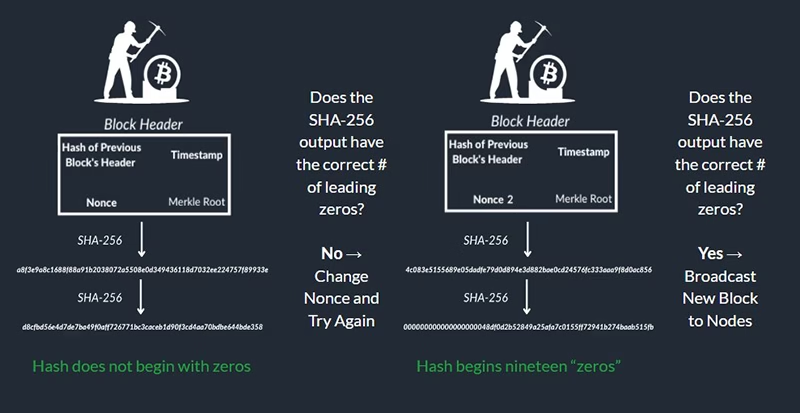
Blocks that miners produce must meet the following six requirements to be accepted by nodes.
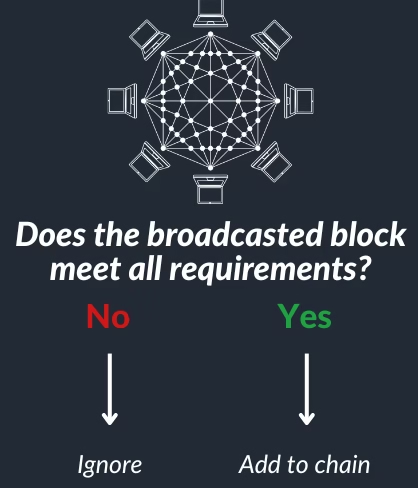
Hashrate is one the most common terms in Bitcoin mining. Hashrate can be used in reference to the combined hashing capabilities of all miners on the network, or it can also refer to the hashing ability of an individual mining machine (ASIC).
As of 1/17/23, Hashrate is ~268 EH/s.
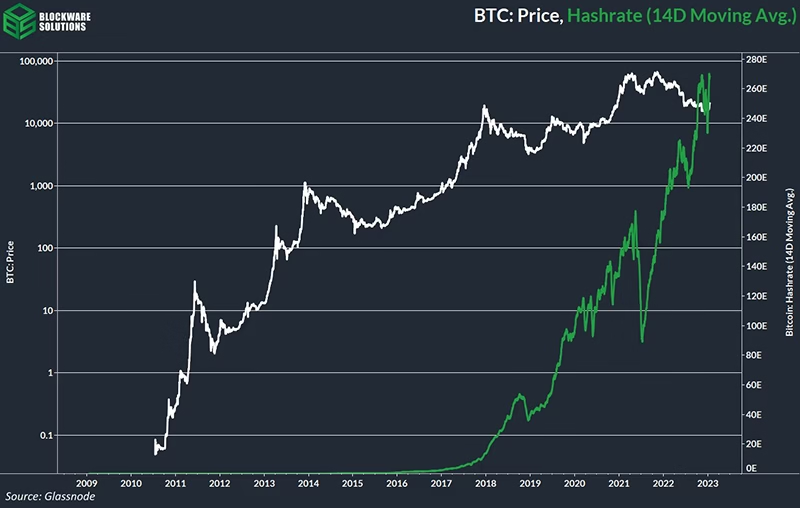
Miners earn a block reward for every block mined. The block reward consists of the block subsidy & transaction fees.
The block subsidy is new BTC entering circulation. Every 210,000 blocks, the block subsidy is cut in half. At block 6,930,000 the block subsidy will reach zero.
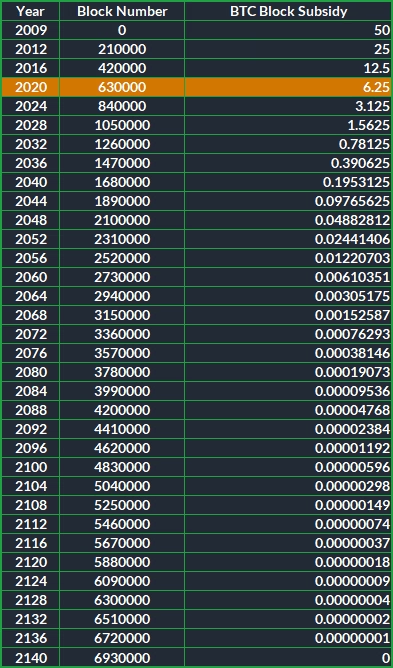
The difficulty adjustment is a mechanism ensuring blocks are mined every ~10 minutes, regardless of how many miners are online.
In order to keep the time between new blocks consistent, the #Bitcoin network automatically adjusts the difficulty of finding the correct hash output.
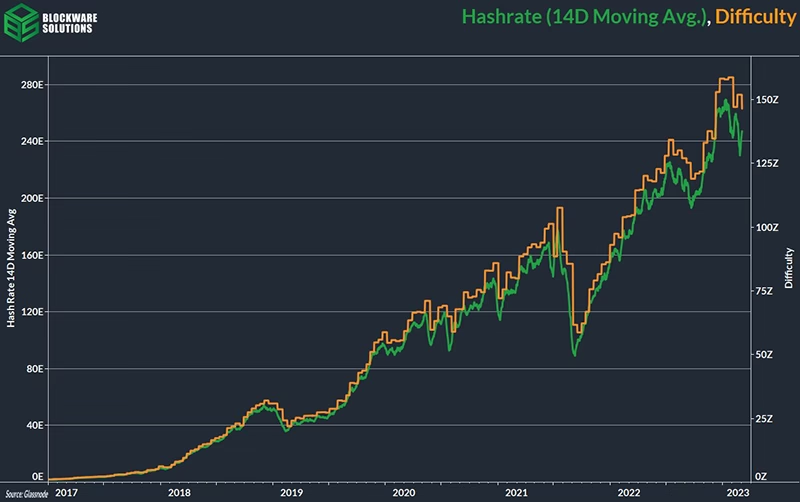
Bitcoin mining rigs are specialized, energy dense computers called ASICs (Application Specific Integrated Circuits) that are designed for the sole purpose of mining Bitcoin as efficiently as possible.
The market price of an ASIC is strongly correlated with the price of #Bitcoin.
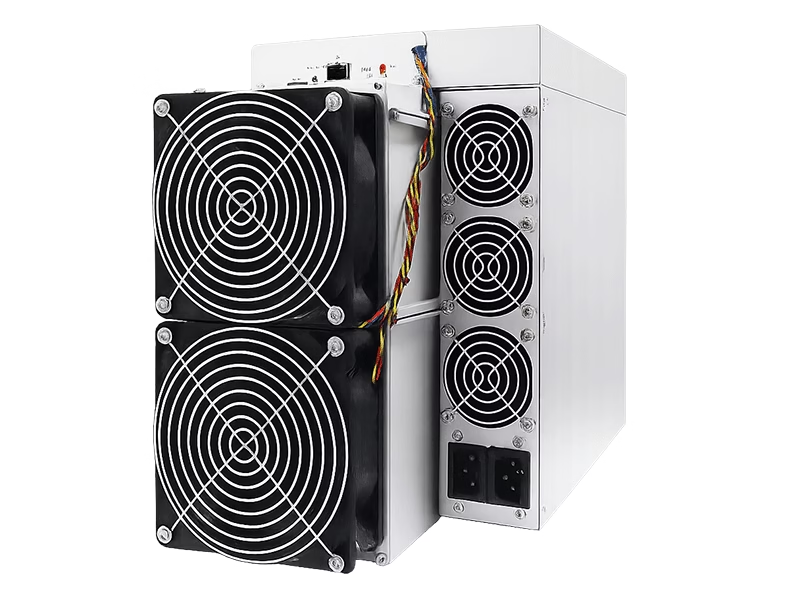
#Bitcoin mining is nearly an $8 billion dollar per-year industry, and is growing fast
Hashrate has tripled in the past three years and the number of publicly traded mining companies is over 20, up from just a handful in years prior.
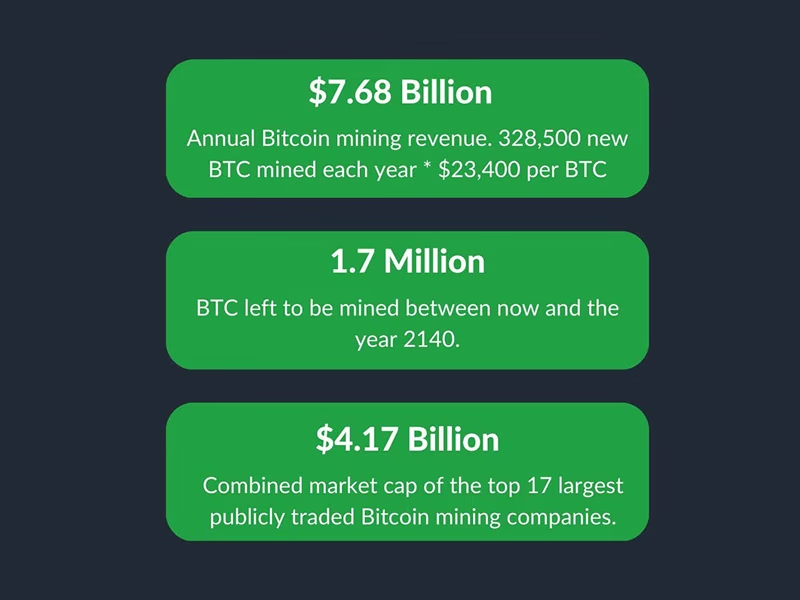
There are multiple industry segments in which #Bitcoin miners generate revenue.
ASIC Manufacturing: Research & development on new ASIC chips. Production and wholesale distribution of ASICs.
Self-Mining: Mine BTC using your own ASICs. Profit = BTC price – cost of production.
Hosted-Mining: Operate and maintain someone else’s ASICs for a fee.
Hardware Sales: Wholesale purchasing from ASIC manufacturers and sell to miners at a higher price.
Grid Balancing Service: Receive payment in cash or energy credits from energy suppliers in exchange for curtailing power use during times of peak demand.
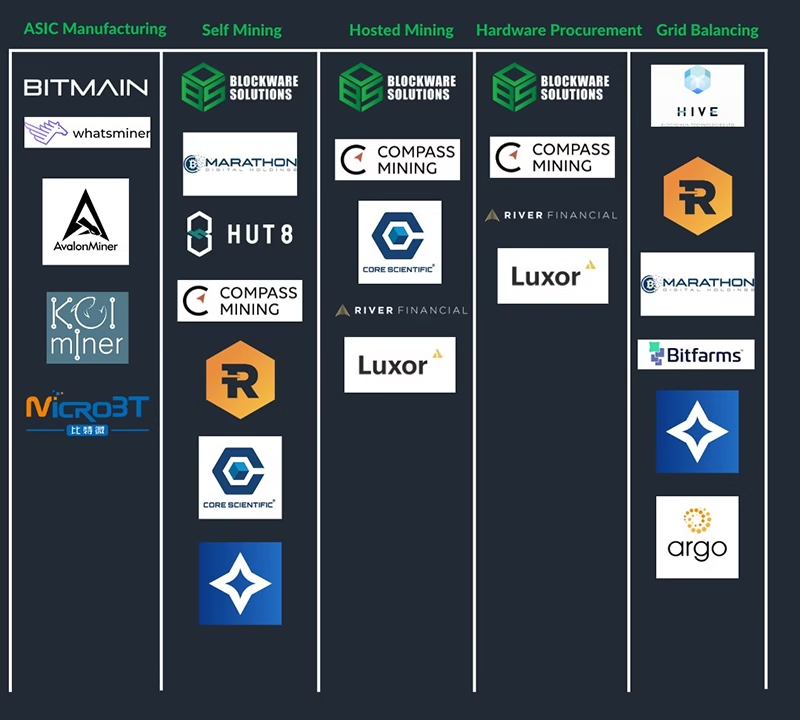
Bitcoin mining profitability is a function of:
Using the most efficient ASICs with the cheapest available power source is how a #Bitcoin miner can maximize their profitability.
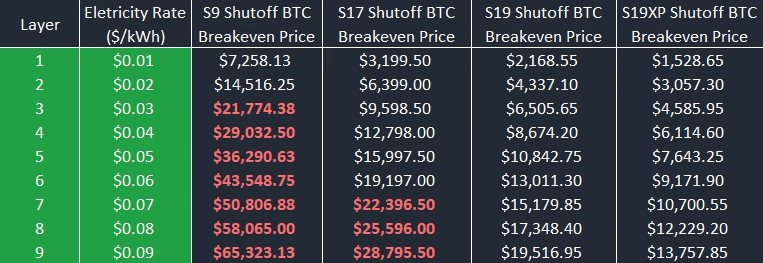
Miners gravitate towards rural areas with cheap & abundant energy.
The US has become a favorite destination for miners as it has stable energy prices, lower inflation, and more secure property rights.
58.8% of energy consumed by miners comes from sustainable power sources.
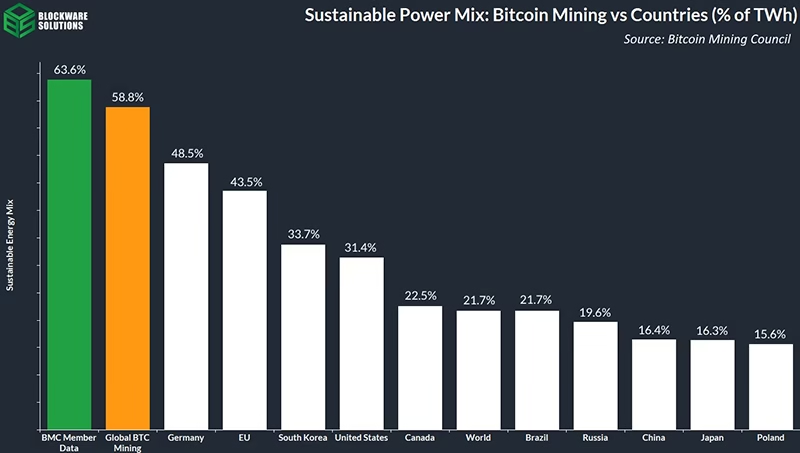
#Bitcoin miners balance energy grids, making them more resilient during times of stress as well as lowering the marginal cost of production, decreasing the price for other consumers.
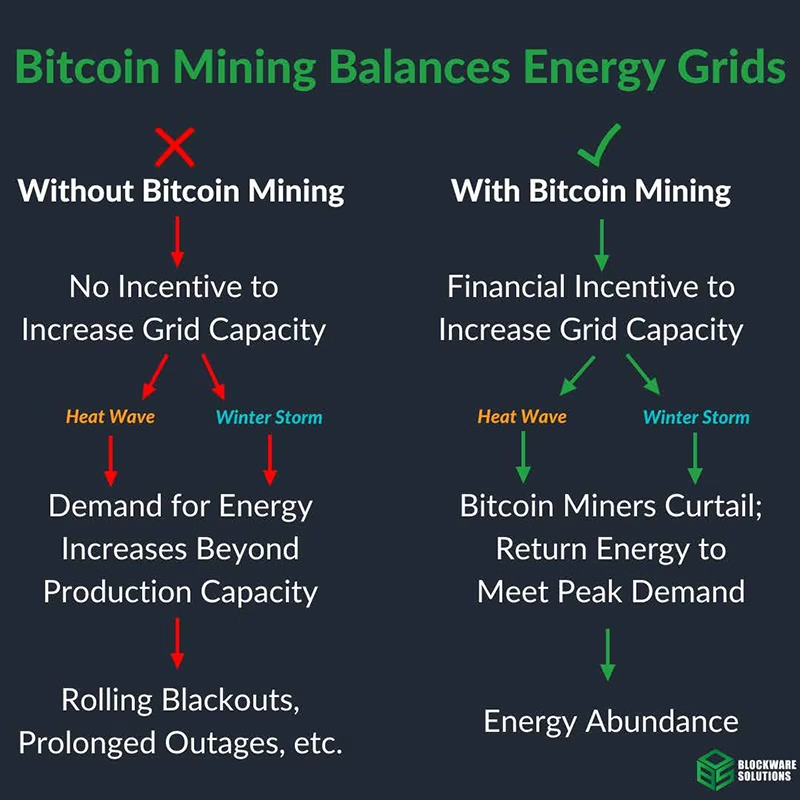
Miners are incentivized to curtail their operations during peak demand due to the higher associated power costs. As demand increases to peak capacity, energy companies are forced to tap into less-efficient sources, resulting in a higher price for the consumers
h/t @Mitch Klee
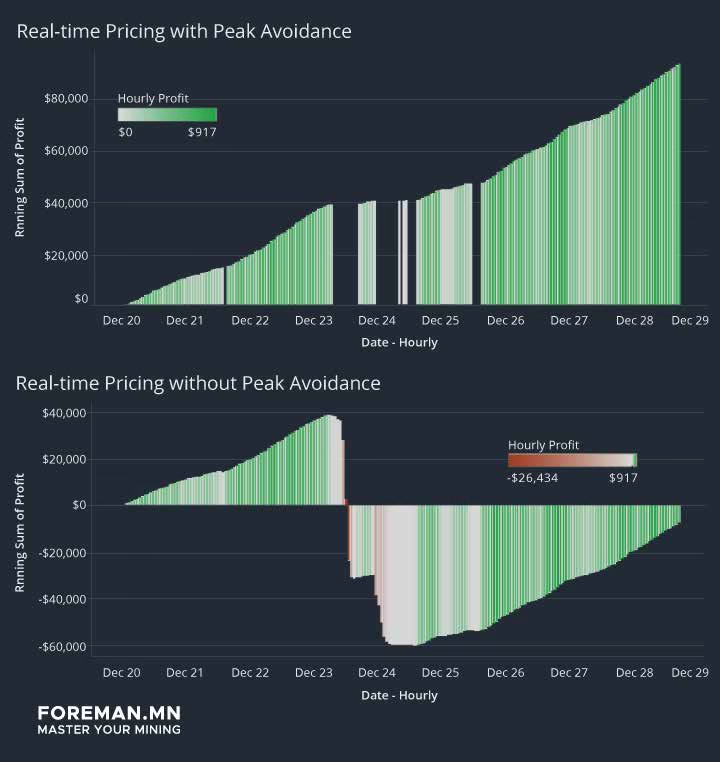
Over 144 billion cubic meters of gas are flared annually, resulting in the emission of approximately 400 million tons of CO2.
By providing a profitable alternative to flaring, Bitcoin mining has the potential to have a net-negative carbon footprint.

Here is a glossary of key terms related to #Bitcoin and mining!

Special thanks to the Blockware Intelligence Team and @Satoshi Action Fund for piecing this together: @Mason Jappa, @Mitchell Askew, @Joe Burnett, MSBA, @Blake Davis, @s_chwarzynski, and @@Dennis Porter!
Also, thank you to @Mitch Klee and @OBM | Foreman for their collaborative efforts!
We hope this serves as a valuable tool for explaining the basics of #Bitcoin and Bitcoin mining!
To view and download the PDF version of the report, click the link !
